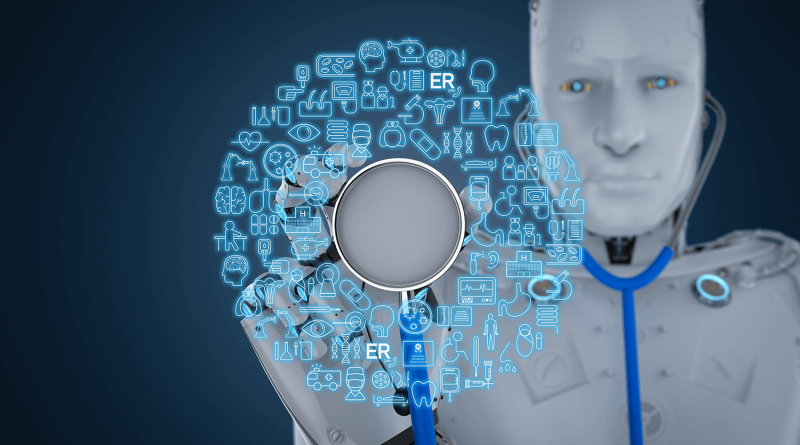Artificial Intelligence in Healthcare
AI technology is helping healthcare workers focus on more effective and compassionate patient care by streamlining administrative tasks, freeing them up from mundane administrative work to focus on face-to-face patient interactions. AI also reduces human error by reading X-rays and scanning images, diagnosing medical conditions and devising treatment plans more quickly and accurately than humans could alone.
But it is important to keep in mind that AI cannot fully replace healthcare professionals, since AI would likely struggle with accounting for social and personal factors that influence health outcomes for patients.
Predictive Analytics
Predictive analytics uses data to quickly and accurately identify healthcare needs and solutions faster and more accurately than human analysts could. Machine Learning (ML), Natural Language Processing (NLP) and Deep Learning (DL) technologies can analyze this information to detect patterns that would otherwise go overlooked by manual human skills sets.
Data science teams should take care to select suitable scenarios for predictive models to tackle, so as to maximize both clinical/business value and its ability to create organizational change.
Healthcare systems could use predictive software to identify patients at high risk of missing doctor’s appointments and reach out to them to prevent that from happening. Remote monitoring settings like tele-ICUs can use similar approaches to detect technical problems with equipment like an MRI scanner and notify staff as soon as they occur, prompting repairs before becoming an even greater issue. It’s also crucial that models explain themselves; while black box approaches may work for administrative matters, doctors won’t accept recommendations without understanding why.
Artificial Intelligence in Emergency Departments
Emergency medicine (EM) requires swift medical evaluation, diagnosis and treatment of unexpected illnesses or injuries. Artificial Intelligence can improve emergency department (ED) operations and patient outcomes by anticipating patient demand, optimizing healthcare resources and minimizing overcrowding/waiting times in the ED.
However, AI implementation into emergency medicine raises privacy and security issues. Physicians must trust the results produced by machines; yet patients want transparency regarding why specific algorithms have come up with certain outcomes and any consequences for such decisions.
Additionally, it is crucial to recognize that AI applications may use health data sets with systemic institutional biases – for example women or older adults may be less likely to be classified as high risk patients than others. Safe AI must help minimize such decisions to protect patient safety.
Artificial Intelligence in Home Care
Home care services are an integral component of health care delivery systems, offering crucial support to individuals living with chronic diseases such as diabetes or high blood pressure. AI-enabled computer applications have recently been created that collect patient data and give primary care physicians insight into an individual’s medical needs and care plan.
Effective client-caregiver pairing is key to quality home health care, and AI-powered systems can quickly evaluate large volumes of client and caregiver data to create better matches that improve client satisfaction and outcomes.
HIPAA-covered entities generally must obtain permission before sharing personal health information for purposes such as developing AI tools. There are certain exceptions that allow the collection and use of identifiable data for AI development in healthcare; such as institutional review board waiver or research determination [90].
Artificial Intelligence in Cardiac Care
Effective and safe adoption and integration of AI to enhance patient-clinician interactions and cardiovascular outcomes is within our grasp.1
Studies suggest that artificial intelligence (AI) has great potential to transform cardiac care in multiple ways. From remotely monitoring early warning signs or aiding physicians in making noninvasive diagnostic decisions, AI can streamline outcomes for both patients and clinicians alike.
AI should never replace skilled practitioners; rather, its integration can make their work simpler and more effective. A recent study demonstrated this with the implementation of an artificial neural network algorithm integrating imaging variables like perfusion deficit and ejection fraction changes between stress and rest SPECT MPI generated quantitative software as significantly outperforming visual readings for identifying coronary artery disease (CAD).2

